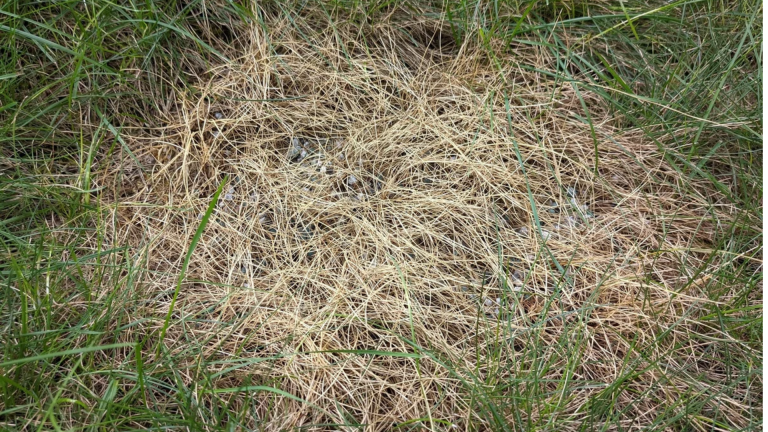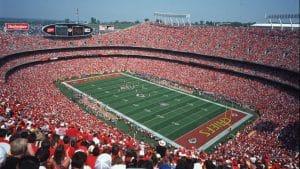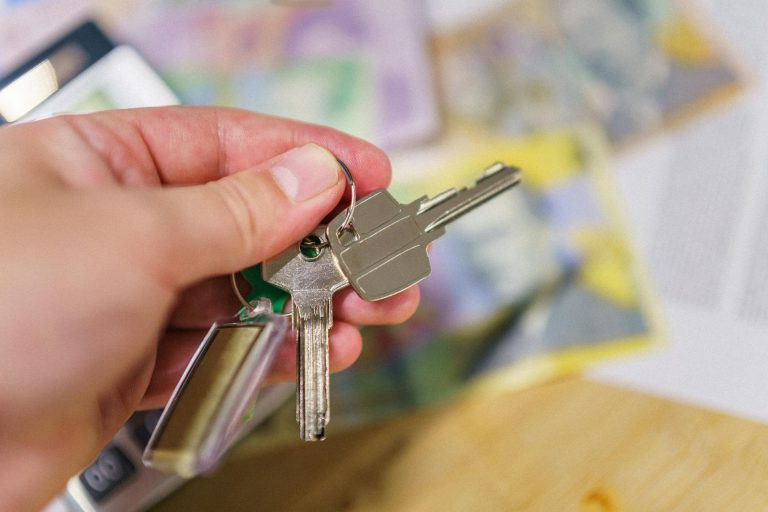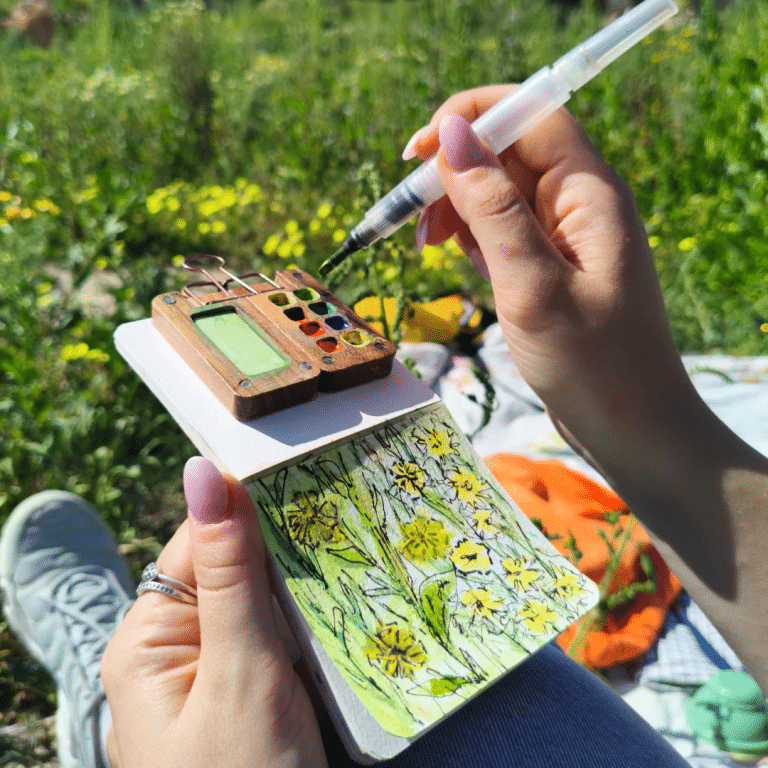A green, healthy lawn doesn’t just happen on its own. Fertilizer plays a significant role in maintaining healthy, thick, strong, and vibrant grass. It adds key nutrients that your lawn needs to grow well.
But when it comes to fertilizer, more isn’t always better. In fact, too much can do more harm than good. That’s the part many people don’t expect.
So, can you over-fertilize your lawn? The answer is yes. Using excessive fertilizer or applying it too frequently can harm your grass. It can burn the blades, weaken the roots, and cause patches to die off. Over time, it may even lead to bigger problems in the soil.
In this blog, I will explain what happens when your lawn gets too much fertilizer, how to spot the signs, and what to do next. We’ll also cover tips to prevent this issue in the future, ensuring your lawn stays healthy without the risk of overwatering.
Can You Over-Fertilize Your Lawn?
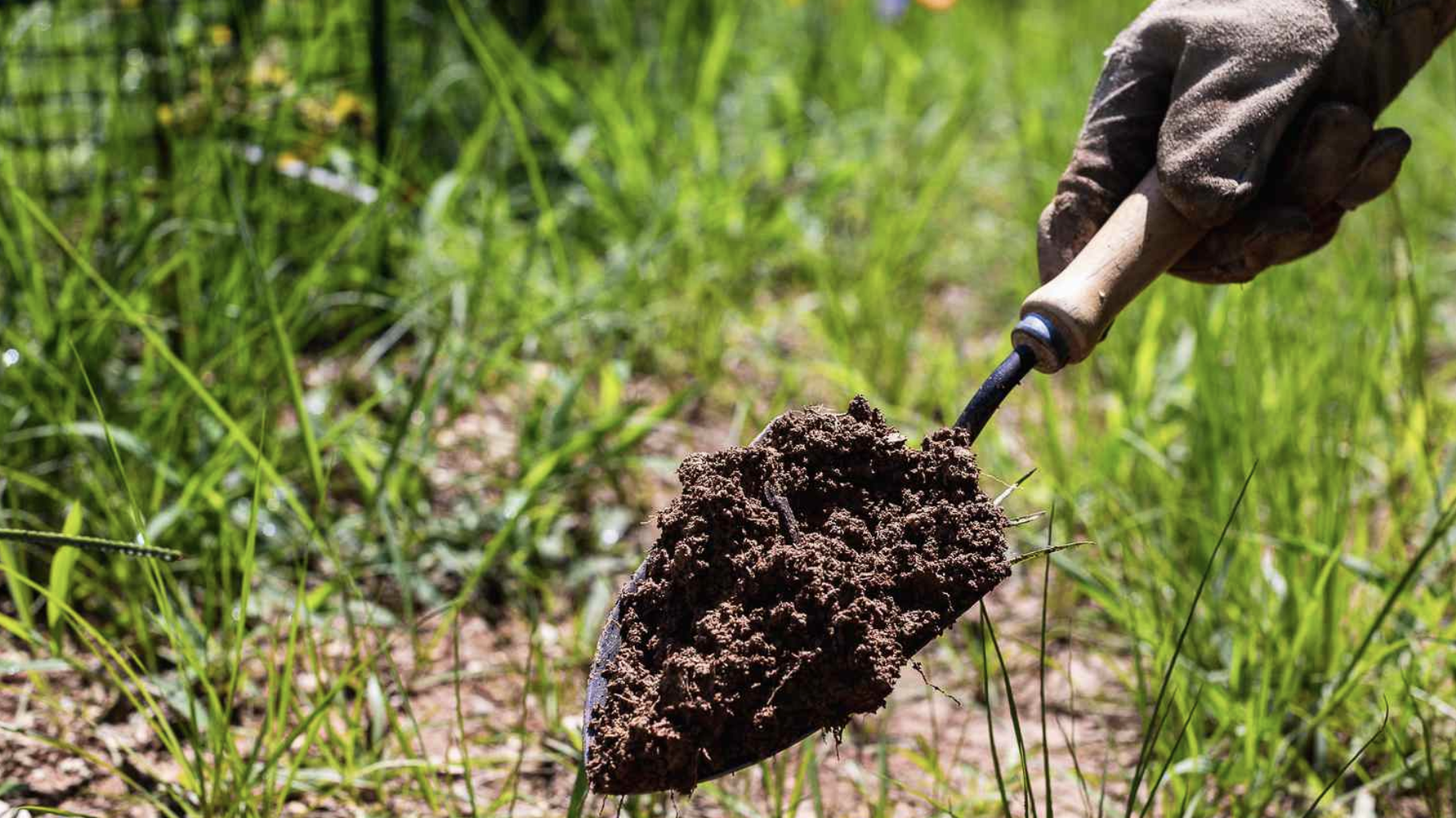
Yes, you can over-fertilize your lawn, and the results can be harmful. Many people think more fertilizer means better grass, but that’s not how it works.
When you apply too much fertilizer, it throws off the balance your lawn needs to grow well. The grass can’t handle the overload of nutrients, especially nitrogen, which is often found in high amounts.
One of the first signs of over-fertilizing is grass burn. This shows up as yellow or brown tips and patches. This occurs because excess nutrients dry out the grass blades and damage the roots.
Over time, the lawn may begin to thin, leaving bare spots or areas that fail to grow. The soil itself can also suffer, making it harder for future grass to grow properly.
While fertilizer is beneficial in the right amount, using too much can cause serious harm. Knowing how much to use—and when—is crucial to maintaining a healthy, long-lasting lawn.
How to Tell if You Over-Fertilized Your Lawn?
When a lawn gets too much fertilizer, it often shows clear signs. One of the first things you may notice is the presence of yellow or brown tips on the grass blades. In some areas of my garden, the lawn looked patchy and uneven, with spots that seemed weaker than others, which is another indicator.
The soil can also give clues. If the top layer appears crusty or dry, it may be due to leftover fertilizer salts. These can block moisture from reaching the roots, making it harder for grass to grow well.
You may also notice an increase in weeds compared to usual. Over-fertilized lawns can create conditions that facilitate the rapid spread of weeds. Additionally, weak grass is more susceptible to being attacked by bugs and other pests.
Watching for these signs early can help you take action before further damage occurs.
Causes of Over-Fertilization
Over-fertilizing your lawn is more common than you might think. Many people want quick results, so they apply more fertilizer than necessary or use it too frequently (like me). Others may not realize that different lawns have different needs. Without checking the soil or reading instructions, it’s easy to apply too much and harm the grass.
- Applying fertilizer too frequently or in excessive amounts: When you apply fertilizer too often, it accumulates in the soil and overstimulates the grass. This causes stress instead of helping it grow.
- Using high-nitrogen fertilizers without soil testing: Nitrogen helps grass grow quickly, but excessive use can burn it. Without a soil test, you might give your lawn more than it can handle.
- Ignoring manufacturer guidelines and recommendations: Failing to follow instructions can lead to mistakes in timing and dosage. Even small errors can lead to overfeeding.
Being careful with how much and how often you fertilize can help protect your lawn from damage and promote strong growth.
Immediate Steps to Address Over-Fertilization
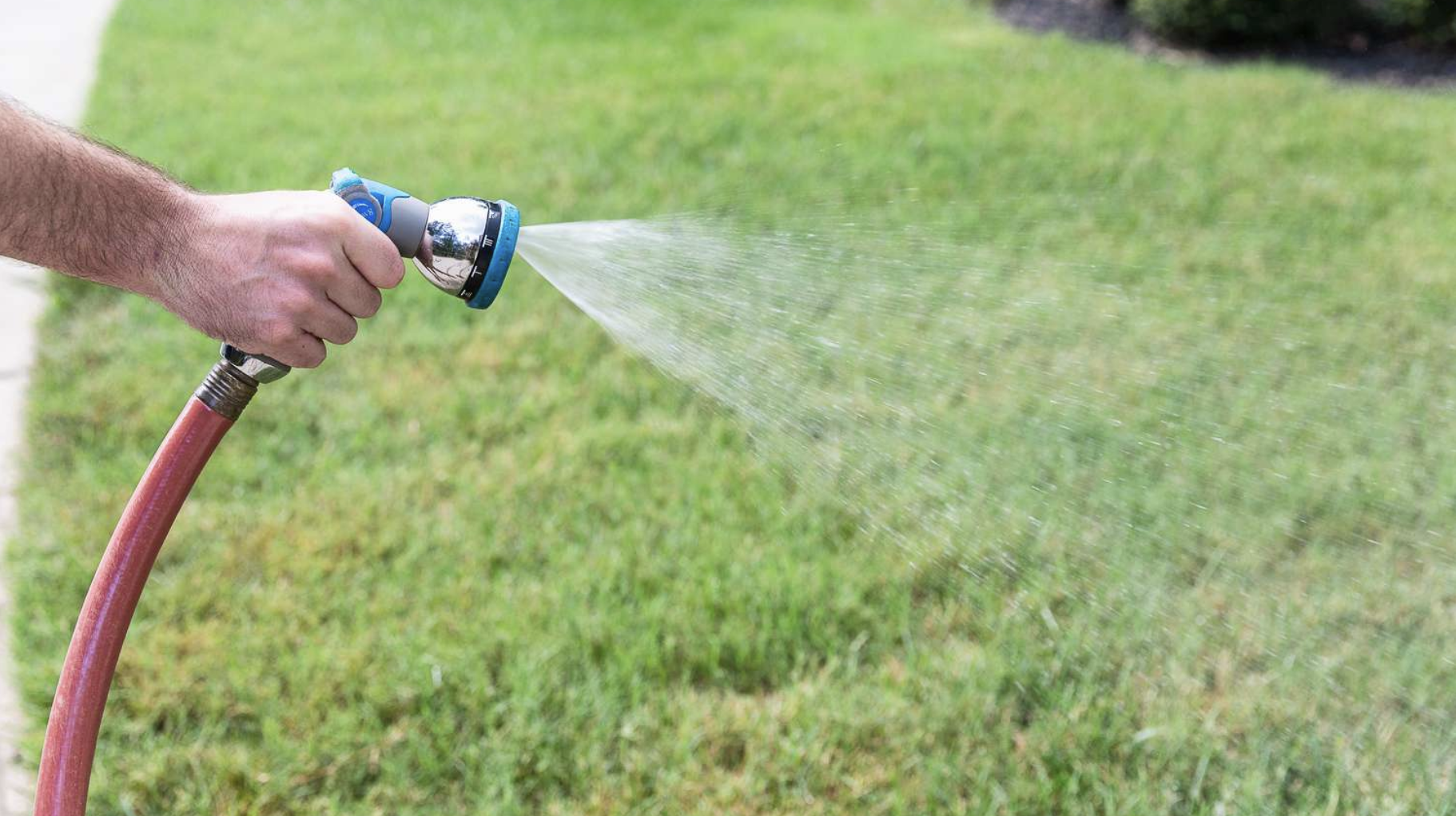
If you notice signs like yellowing grass or brown patches after fertilizing, your lawn might be overfed. Acting quickly can help limit the damage. The faster you take action, the better your lawn’s chance of bouncing back.
- Cease further fertilizer application immediately: Stop all fertilizing at once. Adding more will only exacerbate the problem.
- Water the lawn thoroughly to help dilute and leach excess nutrients: Soak the lawn with water to flush out the extra fertilizer. This helps wash it away before it harms the roots. Water slowly and deeply to avoid runoff.
- Remove visible fertilizer granules if present on the soil surface: If you still see fertilizer on the grass or soil, use a rake or broom to gather it up. The less that stays on the lawn, the better.
Taking these steps quickly gives your lawn the best chance to recover. Even if the damage appears severe, grass can often regrow with time and proper care.
Long-Term Recovery and Prevention
Fixing an over-fertilized lawn doesn’t happen overnight. It takes time, patience, and steady care. The first step is to observe how the lawn changes from week to week. If the grass starts to grow back and the color improves, that’s a good sign.
Aerating the lawn can help it recover. This process creates small holes in the soil, allowing water and air to reach the roots better. It also helps nutrients settle in more evenly over time.
Once the lawn begins to recover, set up a clear feeding plan. Use soil tests to guide the amount and frequency of fertilization. A balanced schedule reduces the risk of overfeeding again and helps keep the lawn healthy in the long run.
Making these changes now helps protect your yard in the future.
Best Practices for Lawn Fertilization
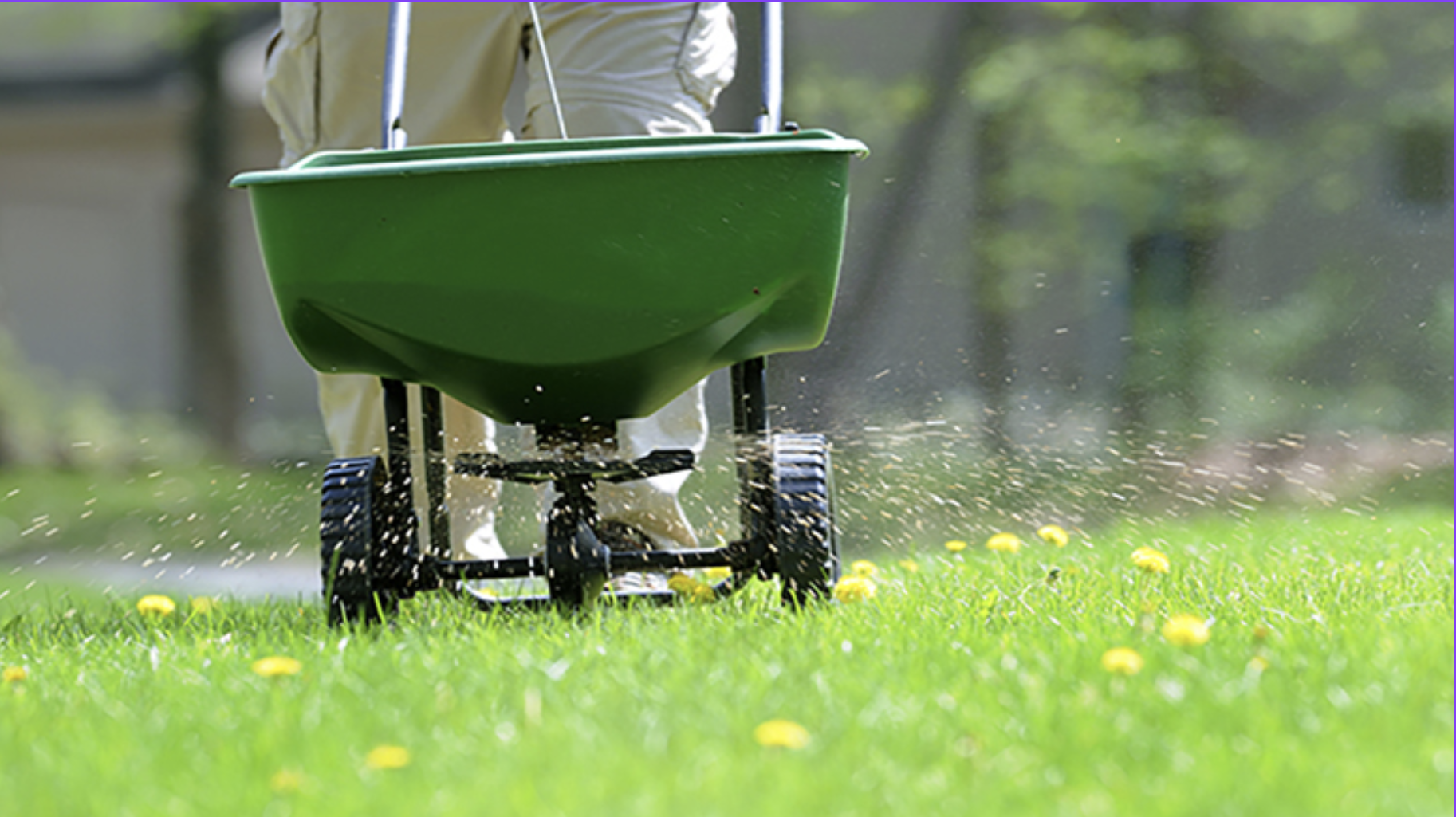
Good fertilization is not just about feeding the grass—it’s about giving it what it needs, when it needs it. By following the right steps, you can prevent damage and help your lawn remain thick and healthy throughout each season.
- Conduct regular soil tests to determine nutrient needs: A soil test shows what your lawn is missing, so you don’t guess. You’ll know exactly which nutrients to add and which to avoid.
- Use slow-release fertilizers to provide a consistent nutrient supply: These products release nutrients over time. That keeps your lawn well-fed without the risk of overfeeding it.
- Follow recommended application rates and timings specific to grass type and region: Some grass types need more or less feeding, and the best times to fertilize depend on your climate. Always check the label and plan your lawn care around its growth pattern.
Following these practices helps you avoid problems like over-fertilizing while giving your lawn what it needs to stay green and healthy.
How Over-Fertilizing Affects the Environment?
Using too much fertilizer doesn’t just hurt your lawn—it can also harm the environment. When it rains, the extra fertilizer can wash off your yard and into nearby streams or lakes.
This runoff adds excessive nutrients to the water, which can lead to large-scale algae growth. These algae blooms can block sunlight and lower oxygen levels, making it hard for fish and plants to survive.
Fertilizer build-up also changes the soil itself. The balance of nutrients shifts, and helpful microbes in the soil may be reduced. These tiny organisms play a crucial role in maintaining the health of your lawn and other plants.
By using only the amount of fertilizer your lawn truly needs, you protect not only your grass but also the soil, water, and life around it. After months, I’ve finally cracked what amount of fertilizer my garden needs, and so can you!
Conclusion
Fertilizer helps your lawn grow, but only when used correctly. Too much can burn the grass, weaken the roots, and lead to long-term damage. That’s why balance is so important.
You don’t need to guess your way through it. Look for signs of trouble, like yellow tips or brown patches. If you believe your lawn has received too much fertilizer, take action promptly. Water it well, stop using more product, and let the soil recover.
The best way to avoid problems is to follow the directions on the bag. Stick to a schedule that fits your grass type and the season. Test your soil every year or two so you know what your lawn really needs.
If you’re ever unsure, asking a lawn care expert can save you time and stress. A little care and the right steps can make a big difference. Fertilizing your lawn should help it grow, not harm it. Keep it simple, stay informed, and your lawn will thank you.
Frequently Asked Questions
How Often Should I Mow My Lawn During the Growing Season?
During the growing season, most lawns benefit from mowing once a week. Avoid cutting more than one-third of the grass blade at a time to maintain its health.
Can I Fertilize My Lawn Before Rain?
A light rain can help dissolve and spread fertilizer, but heavy rain may wash it away. Always check the forecast and avoid fertilizing right before a storm.
What Is The Best Time Of Day To Water My Lawn?
Morning is the best time to water your lawn. It allows the grass time to absorb the water and dry off before nightfall, thereby reducing the risk of disease.
Should I Bag Or Mulch My Grass Clippings?
Mulching is usually better for your lawn. It returns nutrients to the soil. However, if the clippings are long or clumpy, it’s better to bag them.
Can I Seed And Fertilize At The Same Time?
Yes, you can apply seed and a starter fertilizer at the same time. Just be sure the fertilizer is safe for new grass and follow label directions carefully.


